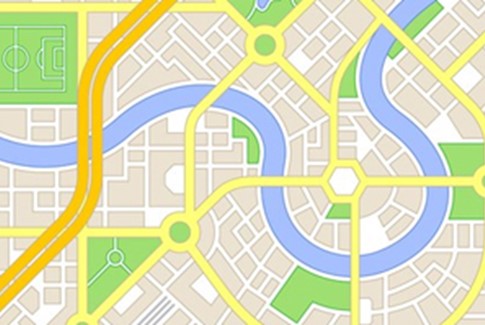What is the difference between hardwood and softwood cladding?
This can be confusing as softwood isn’t necessarily soft and hardwood is necessarily hard. For example, the extremely light ,model making balsa wood is a hardwood.
Softwood cladding comes from coniferous / evergreen trees and examples include pine, spruce and western red cedar. These trees reproduce by producing seeds that fall to the ground which are not coated although they may be protected with a cone for example.
Hardwood cladding comes from broadleaf / deciduous trees that lose their leaves over winter and their seeds are covered with either a skin or a shell. Examples include oak, Balau and teak.
Deciduous trees do tend to be more dense and harder than their evergreen counterparts which helps make sense of the hardwood / softwood descriptions.
Generally speaking hardwood cladding tends to be denser, darker in colour, closer grained, heavier and more expensive than softwood cladding.
For timber to be suitable for use in cladding it must have sufficient natural durability for external use i.e. be classified as very durable, durable or moderately durable (Class 1, 2 or 3 BS EN 350-2). Durability classifications apply to heartwood only; the sapwood of all species whether hardwood or softwood are not durable. Where natural durability is insufficient i.e. durability class 4 or 5 timbers (slightly durable and not durable) and in some situations class 3 (moderately durable), application of a wood preservative or a modification process should be used to improve durability.




